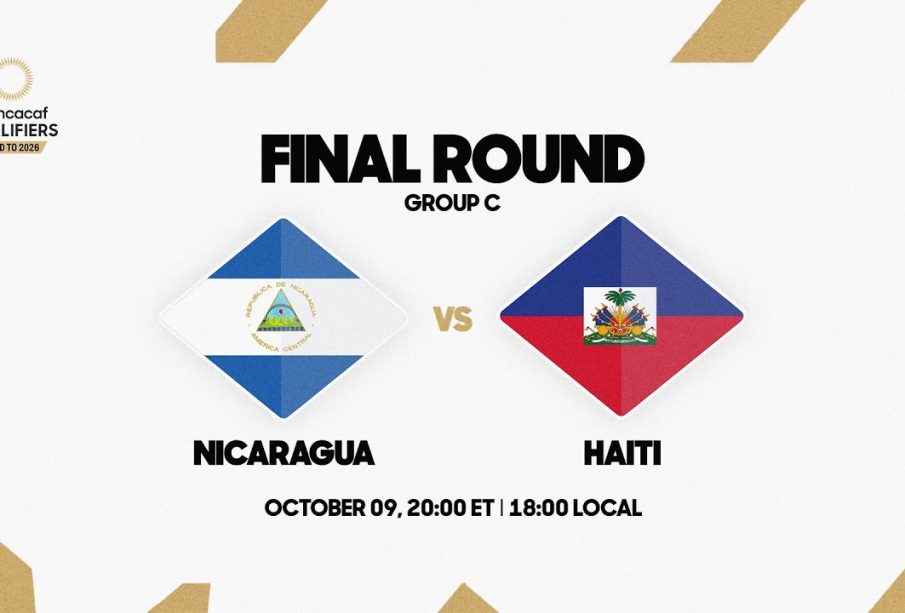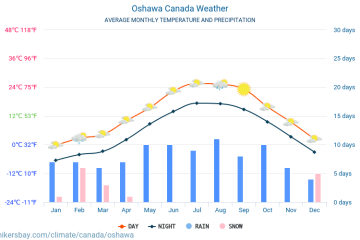Nicaragua vs Haiti: An Analytical Comparison

Introduction
The geopolitical landscape in Central America and the Caribbean has been shaped significantly by the contrasting situations in Nicaragua and Haiti. Both nations, while facing unique challenges, also possess common struggles that reflect their economic conditions and political climates. Understanding their disparities and similarities is crucial as it frames discussions about development, security, and international relations in the region.
Current Situations
Nicaragua, ruled by President Daniel Ortega since 2007, has seen ongoing political strife marked by accusations of human rights abuses and a substantial crackdown on opposition. The country is experiencing economic difficulties exacerbated by the COVID-19 pandemic, which has led to a contraction in GDP and increased poverty levels. Recent reports indicate that over 30% of the Nicaraguan population lives below the poverty line.
In contrast, Haiti has faced continuous challenges in governance, primarily since the assassination of President Jovenel Moïse in July 2021. Following this event, the nation plunged into a security crisis, with gangs controlling large portions of the capital, Port-au-Prince. Economic instability, exacerbated by natural disasters and political turmoil, has deeply affected the population, with approximately 60% of Haitians living in poverty according to the World Bank.
Comparative Analysis
When comparing Nicaragua and Haiti, several aspects emerge:
- Political Stability: Nicaragua exhibits a more centralized political control under Ortega, whereas Haiti suffers from fragmented governance and escalating violence.
- Economic Performance: Nicaragua’s agricultural sector serves as a backbone for its economy, facing disruptions due to political unrest. Conversely, Haiti’s economy relies heavily on remittances but struggles with a lack of infrastructure and investment.
- International Relations: Nicaragua is often scrutinized by the international community for human rights violations, leading to sanctions that hamper its economic growth. Haiti, on the other hand, receives significant international aid but also faces questions regarding governance and corruption.
Conclusion
The situations in Nicaragua and Haiti illustrate significant divergences in political stability and economic conditions. With both countries exhibiting resilience in the face of adversity, their future will depend on effective governance, sustainable economic policies, and the ability to foster stable international relations. Observers from around the globe will continue to watch these nations, as outcomes in Nicaragua and Haiti could have ripple effects through the Caribbean and Central America. For citizens of both countries, understanding these dynamics may be crucial for advocating for positive changes and development.









